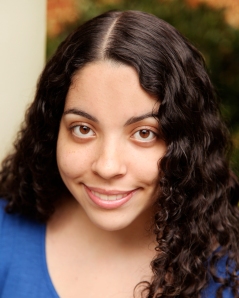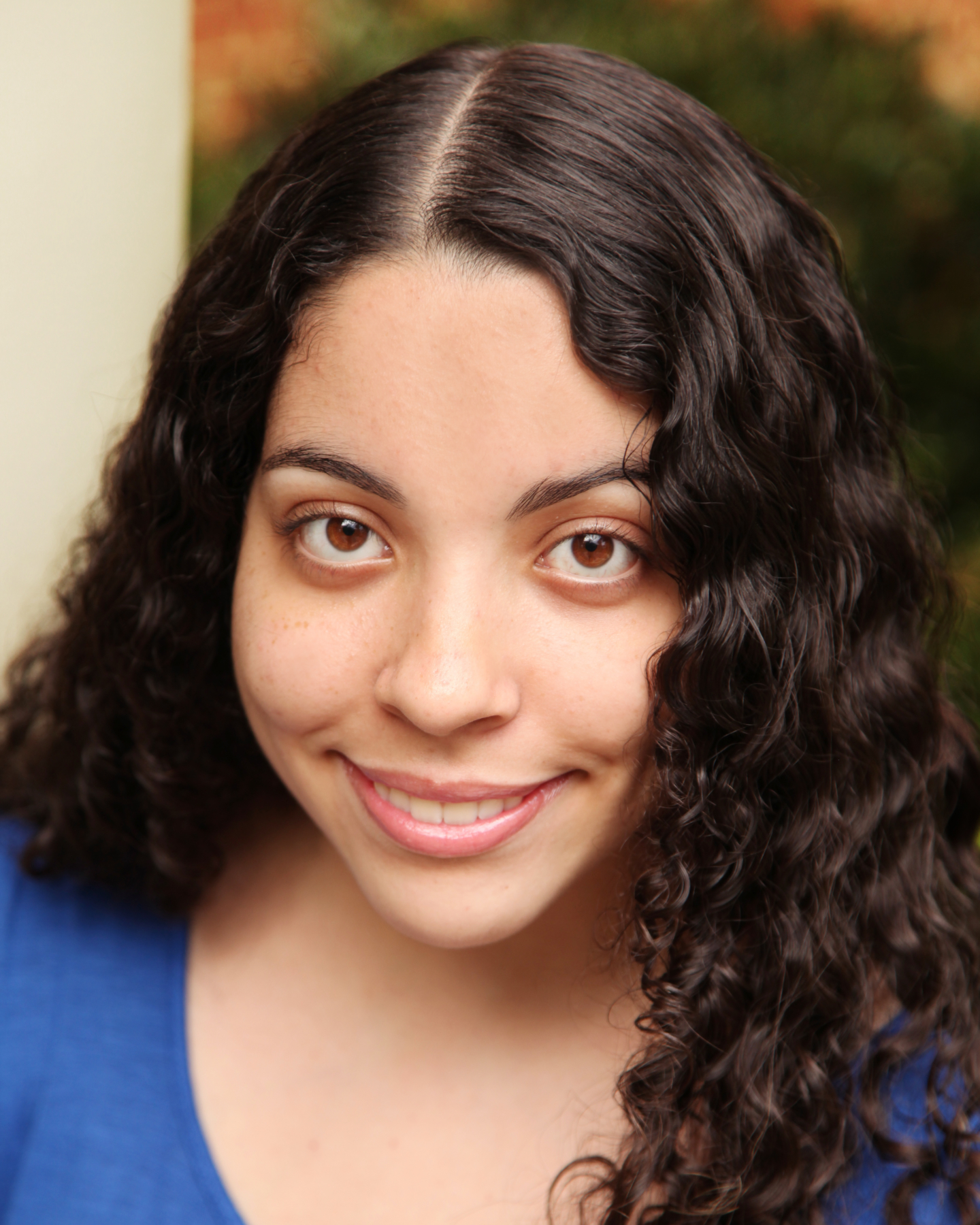Lessons on the Road to Head Shot Photography
I’ll be honest up front: I’m not a head shot photographer by trade.
I’ve been learning more about what makes a good head shot ever since I started shooting them a few years ago. Every time I shoot a head shot session I learn new tricks to getting a fantastic image. I spent a few weeks casting for America’s Got Talent back in 2007, and I watched Casting Directors toss away so many head shots for the silliest reasons. I’m not a Casting Director, but I’ve worked with actors in the past, and I’ve seen my fair share of head shots, good and bad. That being said, art is about breaking the rules sometimes. There’s always a good reason to break the rules, and at times the advice below may not apply/work.
So, in an attempt to spread my lessons learned, I’m going to give away a few of my secrets/tricks. If you’re an actor/actress and you’re looking for some advice, you’ll find a few pointers below as well!
FOR THE CLIENT
Emerson said, “Though we travel the world over to find the beautiful, we must carry it with us or we find it not.” My biggest piece of advice to a client: be yourself, be confident, and realize that your charm will be most visible when your are comfortable with who you are.
- Get along with your photographer (photographers all have personal styles). The session needs to be as relaxed as possible. If your photographer drives you crazy, you’ll wear that emotion on your sleeve and ruin your photos. Photographers – don’t drive people crazy. Be calm.
- Photographer and client – arrive early. If you’re a late person make it a point to arrive early. Being late stresses people out, and your face will wear the stress of being late.
- Clients needs to wear solid colors/no patterns. Avoid blood red, bright white clothes. Stay away from distracting jewelry (I suggest no jewelry at all to my clients). The emphasis is on the face, not the clothes or jewelry, that only distracts. Avoid heavy makeup. Avoid hair styles that hide the shape of your face.
- Client should bring clothes they are most comfortable in. Don’t go buy a new outfit for your photo shoot (we really won’t see your shoes or pants anyway). If you do want an excuse to buy new clothes, wear them a few times before coming to your photo session. The goal is to be comfortable, so you need to wear clothes that you feel relaxed and attractive in.

- Think about what kind of role you would play based on your personality. A head shot is often all that will get you an audition or a foot in the door. Your face needs to exude your personality, and a Casting Director needs to see that personality to imagine what kind of character you might play. In other words, be yourself, and let your personality be photographed through your face.
- Bring a friend that will make you laugh. Don’t bring a bossy person. Don’t bring someone that stresses you out. Bring someone you won’t be nervous around!
- Smile with your eyes. It’s called smizing – I think Tyra Banks came up with the term. Imagine what it would look like to smile with your eyes. Go for it, try it right now in front of your computer. It may be a goofy thing, but it really does help to widen your eyes, lift your upper cheek bones, and give the appearance that you’re focused, energetic, and confident.
- Find a photographer who can touch up in Photoshop (and not your average I-used-it-once-in-high-school” user). A good photographer is also a good photoshop artist. There’s a lot of disagreement among photogs here, but here’s my line: I touch up the things that are impermanent. This would include acne, bruises, and hair touch up. I don’t fix things that are permanent: scars, moles, acne scars, or cow-licks. A Casting Director needs to see the permanent features of your face – you need to be the same person. Yet still, a good color correction and touch-up in Photoshop can do wonders.
FOR THE PHOTOGRAPHER (OR THE HOODWINKED AMATEUR WITH A DSLR)
- Advise your client on some of the points above. They’ll help, I promise.
- Photographers be on time too. If you stress out your client you’ve created an uphill battle. If your client is late, calm them down, even if it causes you stress. If you get frustrated, hide that too. You need to be calm and collected.
- Shoot head shots outside, and in color. That’s the trend. It may change. But for right now, you can’t recreate natural light indoors. Use even lighting. Low-key lighting is more appropriate for theatre, but I would still discourage anyone from shooting low-key head shots. Casting Directors need to see the true outline of your client’s face, and high-contrast photos don’t allow that.
- Chose a fun location. Make sure that wherever you do it, you avoid a lot of people. I like shooting at botanical gardens, but sometimes you have to deal with random people walking into your photo. Instead of throwing rocks at people in the background to scare them away, choose a spot with less traffic.
- Have clients stand up. People act more natural when they’re standing. Some people argue that this creates more energy flow to the face, but that sounds a little hippy to me. I just think people act more natural and breath easier.
- Shoot with a longer lens. I prefer anywhere from 50mm to 100mm. 100mm starts to feel a little too compressed to me, but it still works. I like a shallow depth of field look for head shots. Lots of bokeh. Sometimes it can get too shallow though. Make sure your depth of field covers from the tip of the nose to the back of the head. If the majority of a client’s hair is out of focus, reevaluate your f-stop and ISO – increase ISO and compensate with aperture (f-stop/f-number). The smaller the aperture, the more depth of field an image will have. For example, an image of f1.2 / ISO 200 would have less depth than an image of say f12 / ISO 800. The more glass you shoot through (120mm vs. 50mm) also affects your image. Try shooting with a shorter lens for more depth of field if you have to.
- Bring a reflector and an assistant. Sometimes a reflector can be used as a backlight, fill, or even diffuse the overhead sun. The uses in the field are immense. After buying a nice camera, a reflector needs to be next on the list. Well, maybe after a good tripod.
- Shoot with the sun to your client’s back and expose for the face. This creates a natural back light and evenly lights the face. Sometimes this can create too strong of a hair light, but often works out okay if you’re in partial sun. Maybe you could use the reflector to give them more light on the face?

- The best photos are always the ones at the end of the session. Don’t blow off the beginning, but aim to make the client comfortable. Joke a little, talk, get them relaxed around you and the camera. By the end of the session the pattern of behavior has been established, the client thinks less, and becomes more themselves. Aim to get to this sweet spot in a session (I find it’s after the first hour).
- Touch up in post. A good photographer is also a good photoshop artist. Make sure this is included in your skill-set, or find someone who can do it for you. There are a ton of good tutorials on Youtube if you want to start learning the ropes.
- Make your client sign a contract and give them a print release. Lots of printers (Walmart, Target, CVS, Walgreens) won’t print professional photos without a print release. Make sure you give this to your client and avoid a phone call and having to FedEx a print release.
- If you know the shoot is for head shots, crop your photos 8×10. That’s industry standard for head shots. When you do it, you choose the framing, which can be easier than walking a client through doing this in an email or over the phone.
- Give hi-res and low-res copies. These days, actors/actresses/models have to email their head shots occasionally. By giving a client a low-res, email friendly version you are communicating your ability to anticipate industry trends. For those who might want to streamline this, create a custom workflow to achieve this quickly (Automator, PS Actions).
- Oh, and last thing, don’t put any goofy filters or color correction on your photos. Don’t make the eyes look super bright and high contrast (aka weird). That was cool for about two months in 2005.
Alright, there it is. Just a few tips and tricks. If you’re looking for a good head shot photographer in Richmond or Virginia Beach, VA please look me up. Don’t ask your friend with a snap and click. A professional head shot can make a big difference, and good actors and actresses know it. Feel free to get in touch with me using the Contact Page if you want to chat about scheduling a shoot!
 Previous post
Lancaster, Texas Tornadoes
Previous post
Lancaster, Texas Tornadoes


